Levoit Air Purifier Alternatives: Looking for a Levoit-like air purifier—quiet, efficient, and easy on the wallet—but want to explore other brands? Below is a curated list of the best alternatives across budgets and room sizes, plus an at-a-glance comparison table, real-world price ranges in the US, and popular FAQs.
Best Levoit Air Purifier Alternatives: Quick Recommendations
- Best Overall (balance of performance & price): Coway AP-1512HH Mighty
- Best for Large Rooms / High CADR: Blueair Blue Pure 211+ / 211i Max
- Best Under ~$200: Winix 5500-2
- Strong Value with H13 HEPA: Medify MA-40
- Allergy workhorse (classic design): Honeywell HPA300
- Premium Smart Tower & Fan: Dyson Purifier Cool TP07 / TP09
- Budget pick for small rooms: GermGuardian AC4825
- Compact & smart, good value: Shark HP102/HP201
Price note: Below reflects common sale ranges as of August 2025. Prices fluctuate with promotions and retailer inventory.
Comparison Table
| Coway AP-1512HH Mighty | Quite low; fan noise on high | ~330 sq ft | True HEPA + carbon | Auto mode, eco mode, compact | $150–$230 | ~$40–$70 | Quiet on low; moderate on high |
| Blueair Blue Pure 211+ / 211i Max | Large living rooms | ~540–635 sq ft | Particle + carbon (HEPASilent) | One-button (211+), app/PM sensing (211i Max) | $250–$340 (211+) / $320–$430 (211i Max) | ~$60–$90 | Very quiet low/med; audible high |
| Winix 5500-2 | Under $200 sweet spot | ~360 sq ft | True HEPA + carbon pellets + PlasmaWave (ion) | Auto mode, sleep mode | $150–$200 | ~$40–$70 | Quiet on low; moderate on turbo |
| Medify MA-40 | Value + H13 HEPA | ~430–540 sq ft | H13 HEPA + carbon | Child lock, timer | $230–$320 | ~$70–$120 | Low/med acceptable; high louder |
| Honeywell HPA300 | Dust & pollen focus | ~465 sq ft | True HEPA + carbon | Turbo mode, simple controls | $200–$270 | ~$60–$120 | Noticeable on high |
| Dyson Purifier Cool TP07/TP09 | Premium + fan | Medium-large rooms | HEPA + carbon | Oscillating fan, app, VOC/PM sensors | $500–$650 | ~$70–$120 | Quiet low; fan noise on high |
| GermGuardian AC4825 | Budget, small rooms | ~150–180 sq ft | HEPA + carbon + UV-C (varies) | Slim tower, simple | $80–$120 | ~$30–$50 | Low hum; louder on high |
| Shark HP102/HP201 | Compact smart value | ~200–300 sq ft | HEPA + carbon | Auto mode, app (model-dep.) | $130–$220 | ~$30–$60 | Generally quiet on low |
HEPASilent (Blueair) combines mechanical and electrostatic filtration; many users find performance comparable to HEPA at similar CADR, but it’s technically not “True HEPA” certification in some models.
Why Consider These Over Levoit?
Levoit’s Core series (Core 300/400S/600S) is excellent for quiet operation, simple design, and reasonable filter costs. The alternatives above are worth a look if you need:
- Higher CADR / faster cleaning for bigger spaces (Blueair 211+, Honeywell HPA300).
- Aggressive sale pricing under $200 (Winix 5500-2, Coway Mighty when discounted).
- H13 HEPA marketing appeal (Medify MA-40).
- Built-in oscillating fan + premium smart features (Dyson TP07/TP09).
- Tight budgets or smaller rooms (GermGuardian AC4825, Shark HP102).
Pricing vs Popular Levoit Models (for reference)
| Levoit Model (reference) | Typical Street Price (US) | Comparable Alternatives |
|---|---|---|
| Core 300 / 300S (small rooms) | $90–$150 | GermGuardian AC4825, Shark HP102 |
| Core 400S (medium rooms) | $180–$260 | Coway AP-1512HH, Winix 5500-2, Honeywell HPA300 |
| Core 600S (large rooms) | $260–$380 | Blueair Blue Pure 211+ / 211i Max, Medify MA-40, Honeywell HPA300 |
If you love Levoit’s low noise and smart app at moderate prices, Coway Mighty and Winix 5500-2 feel closest in overall value—often beating similar Levoit models on sale days.
How to Choose (Fast Checklist)
- Match CADR/Room Size: Look for a Clean Air Delivery Rate (CADR) that suits your room. Bedrooms often need less space than open living rooms.
- Filter Type: True HEPA (or equivalent) + a real carbon filter (pellet carbon > thin fabric) for odors/smoke.
- Noise: Check dB levels or user reports for low settings if it’s for sleeping.
- Annual Costs: Filters typically need replacement every 6–12 months. Factor in filter subscription discounts and frequency.
- Smart Features: Auto mode with PM2.5 sensors saves energy and keeps noise down. App integration and voice control are nice-to-haves.
- Ozone: Avoid ionizers/UV if you’re sensitive; many models let you turn those off.
- Form Factor: Towers (Dyson/GermGuardian) double as fans; boxy units (Coway/Winix) maximize filter area.
Mini Reviews
Also, see: Roborock Alternatives
1) Coway AP-1512HH Mighty
A longtime “value king.” Strong performance for bedrooms and living rooms, compact footprint, and eco mode that shuts the fan off when the air is clean. Filter costs are modest, and sale prices make it a steal.
Pros: Excellent value, auto/eco modes, small footprint
Cons: Noisy on high; basic smart features (no app on classic model)
2) Blueair Blue Pure 211+ / 211i Max
If you want fast air turnover in big spaces, the 211 series is the go-to. The 211i Max adds app control and particle sensing. Pre-filter sleeves are washable and add a splash of color.
Pros: High CADR for price, simple maintenance, great for large rooms
Cons: Larger footprint; filter costs higher than budget models
3) Winix 5500-2
Often under $200, it punches above its weight: True HEPA, a pellet carbon filter (better for odors), and auto mode. “PlasmaWave” ionization can be toggled off.
Pros: Great odor control for price, quite low, strong value
Cons: Design feels utilitarian; availability can vary
4) Medify MA-40
Marketed H13 HEPA and robust coverage claims. Solid for larger bedrooms or living rooms, with child lock and multiple speeds.
Pros: H13 HEPA branding, good coverage, sleek look
Cons: Filter costs can run higher; louder on top speeds
5) Honeywell HPA300
A classic choice for allergy sufferers—big intake, high airflow, straightforward controls, and strong particulate capture.
Pros: High airflow, simple reliability
Cons: Louder on turbo; fewer “smart” bells and whistles
6) Dyson Purifier Cool TP07/TP09
A premium 2-in-1: capable purifier with an oscillating bladeless fan, air quality readouts, app control, and voice integration. Great for design-focused spaces.
Pros: Elegant, doubles as fan, excellent app & sensors
Cons: Expensive; airflow noise at higher fan levels
Learn More
7) GermGuardian AC4825
A budget tower for small rooms. Easy to place, simple controls. Some variants include UV-C—you can leave it off if you prefer.
Pros: Very affordable, slim, straightforward
Cons: Not for large rooms; fewer features
8) Shark HP102/HP201
Compact footprint with auto mode, accessible filters, and nice day-to-day usability. A solid Levoit-style alternative on sale.
Pros: Good value, quiet low settings, easy filters
Cons: Smaller coverage than mid-size competitors
Learn More
Popular FAQs
Q1) Which alternative is the closest to Levoit in “feel” and noise?
A: Coway Mighty and Winix 5500-2 are the closest in everyday experience—quiet on low/sleep modes, auto sensing, and strong cleaning for the money.
Q2) What does CADR mean, and how much do I need?
A: CADR (Clean Air Delivery Rate) indicates how quickly a purifier removes particles. For a ~150–200 sq ft bedroom, a smoke CADR around 100–150 is usually fine; for a large living room, look for 230+.
Q3) True HEPA vs “HEPA-type” vs “H13 HEPA”?
A: True HEPA captures 99.97% of 0.3μm particles. “HEPA-type” is vague—often less efficient. H13 is a stricter grade; many buyers like it for peace of mind, but whole-unit performance (CADR, airflow) matters just as much.
Q4) Do I need carbon filters for smoke or odors?
A: Yes. Choose purifiers with substantial carbon media (pellet carbon or thick carbon layers). Thin fabric “carbon” pads are less effective.
Q5) How often should I replace filters, and how much will it cost?
A: Most need replacement every 6–12 months, depending on usage and air quality. Expect $30–$120 per year in filter costs, depending on model and whether you buy multi-packs or subscribe.
Q6) Are ionizers or UV-C safe?
A: Many models let you turn these off. If you’re sensitive or want to avoid potential ozone, leave ion/UV features disabled.
Q7) Will a purifier help with wildfire smoke?
A: Yes. Pick a model with high smoke CADR and strong carbon filtration. Run it at a higher speed during smoke events and seal drafts where possible.
Q8) Can purifiers remove viruses?
A: HEPA can capture aerosols in the size range that may carry viruses, but proper ventilation, masking, and hygiene are broader strategies. A purifier is a complement, not a silver bullet.
Q9) Are app/smart features worth it?
A: If you care about auto mode and air-quality readouts or want to schedule and monitor usage, yes. Otherwise, a simple 3-speed purifier may be all you need.
Buying Tips & Final Our Recommendation:
- Under $150: GermGuardian AC4825 (small rooms). Watch for sales on Coway Mighty or Winix 5500-2—they sometimes dip close to this range.
- $150–$250 (Most people): Coway AP-1512HH or Winix 5500-2 for the best balance of price, CADR, and features.
- $250–$400 (Bigger spaces): Blueair 211+ or Medify MA-40.
- $500+ Premium: Dyson TP07/TP09 for integrated fan + excellent app and sensor suite.
Bottom line: If you’re moving from Levoit because you want more air moved per dollar, start with the Winix 5500-2 or Coway Mighty. If you need big-room muscle, look at Blueair 211+. If design and smart features rule, Dyson TP07/TP09 is the splurge.



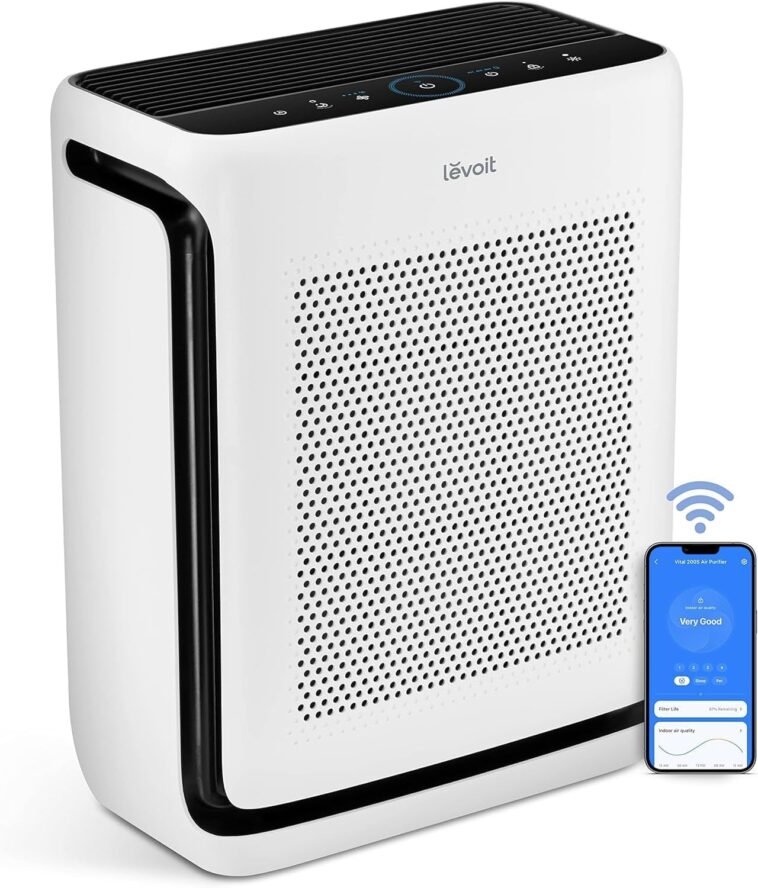
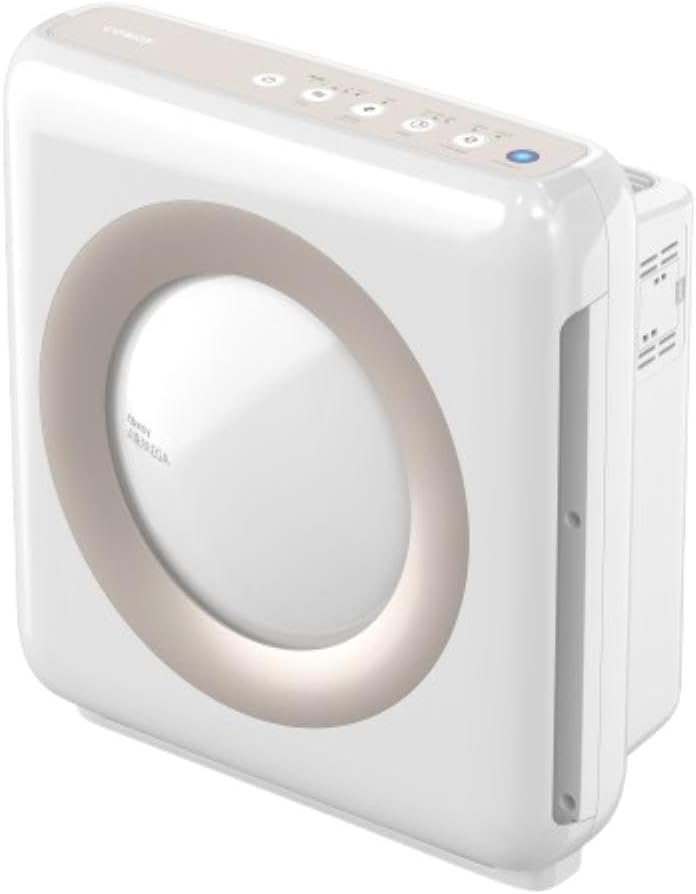
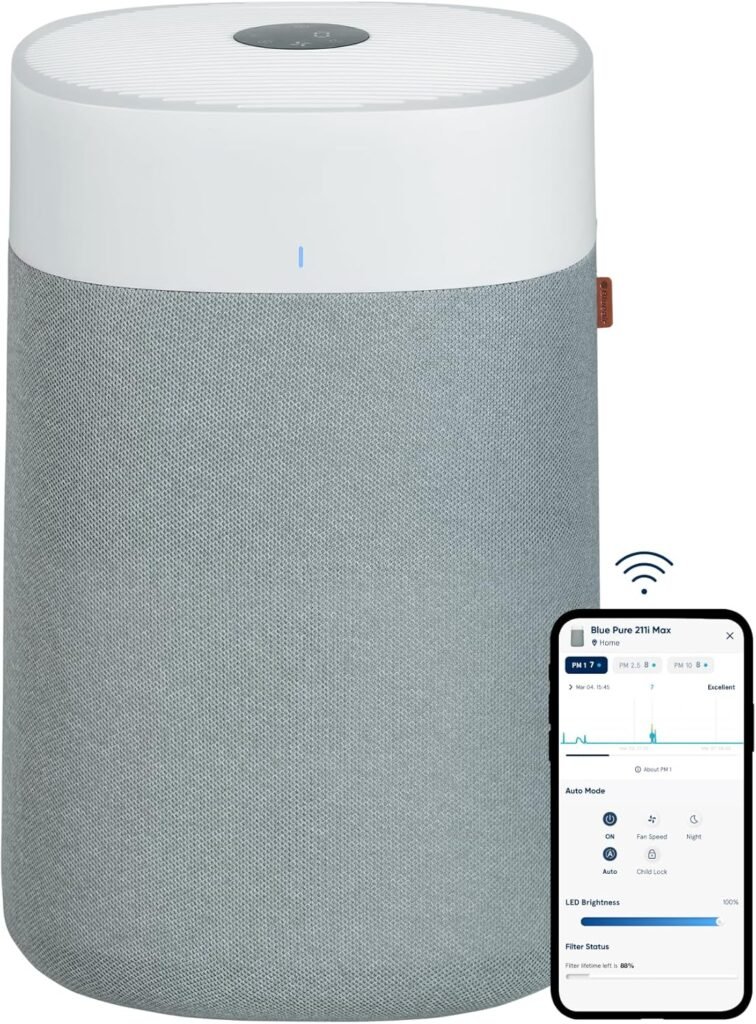
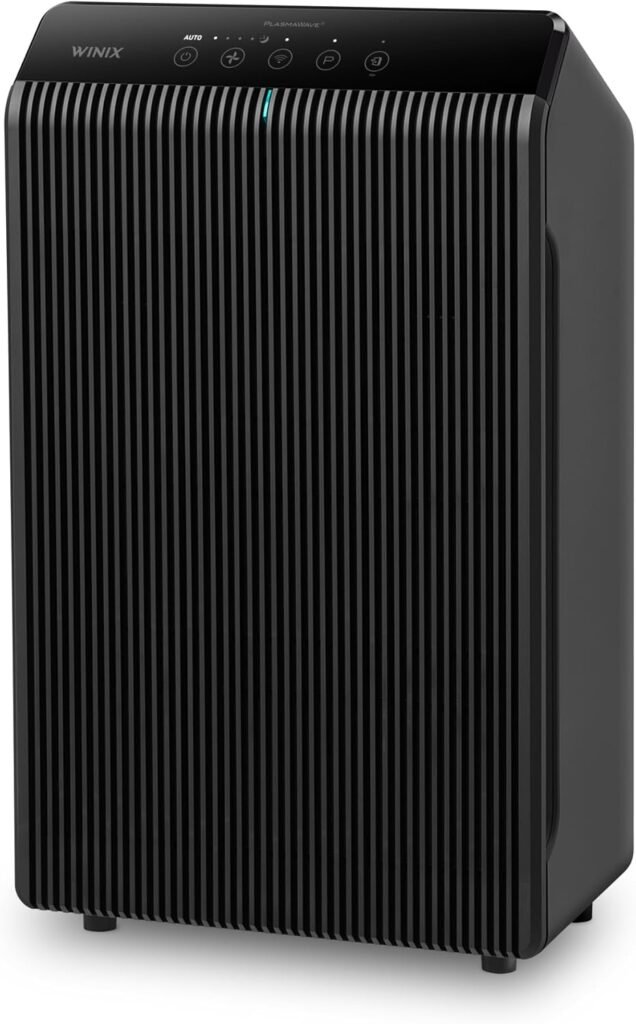
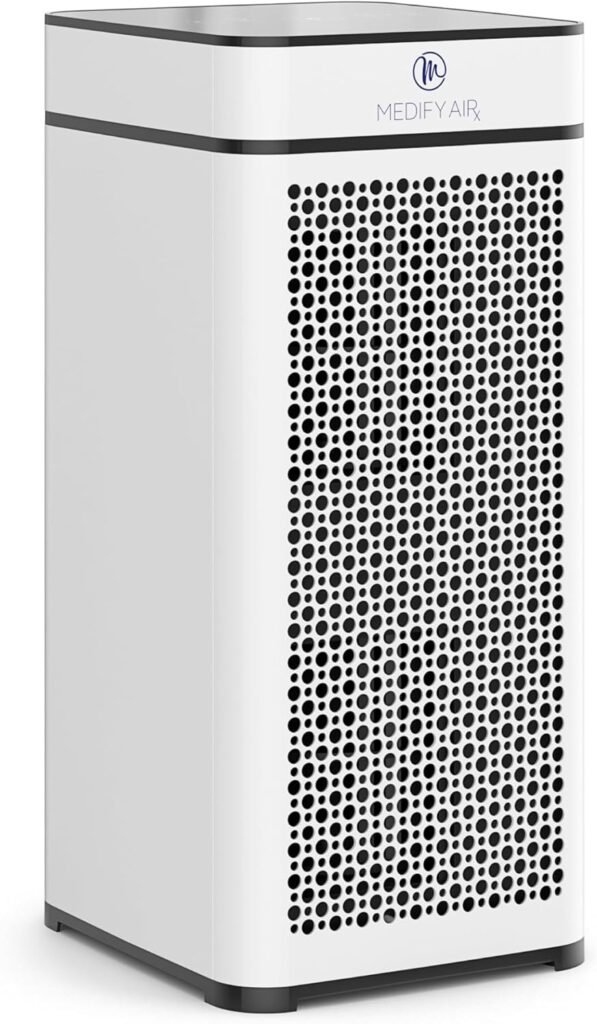
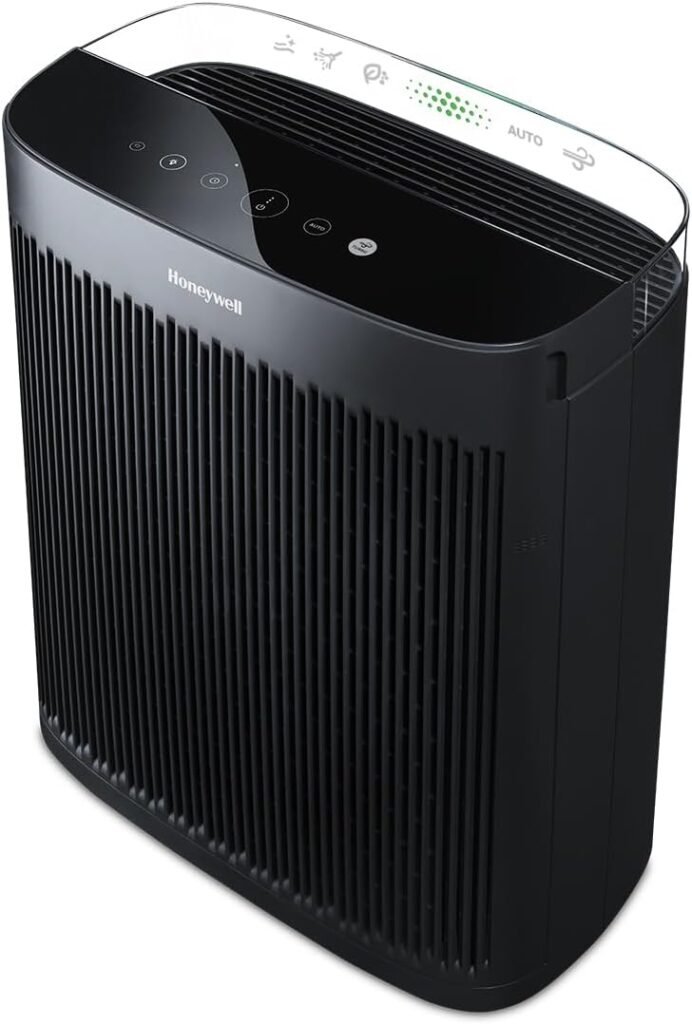

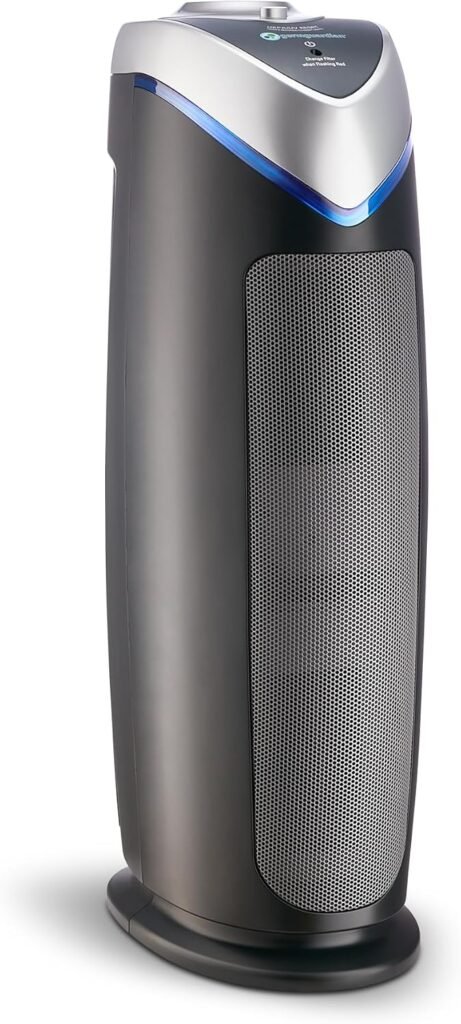


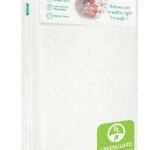
GIPHY App Key not set. Please check settings